RATING:
Pros: Very nice cartoon-looking graphics, lots of features, intricate mechanics.
Cons: Progression seems slow.
Gameplay: 7
Graphics: 7
Performance: 10
Overall: 8
This week, we’ve dedicated some of our time to checking out a new F2P browser MMO, which actually is the updated and upgraded successor to the original version of the highly successful Travian. In Travian: Kingdoms, players are tasked with developing their personal settlement, managing their resources and setting up an army to participate in PvP battles against other players. Given the success of the original, we wanted to find out whether the successor would keep up with its spirit and what sort of updates it had received.
The core of the game has pretty much stayed the same, with mechanics that are classic to lots of games in the city-building strategy genre: acquisition of resources, construction of buildings, setting up an army, attacks in order to acquire resources and/ or territory, usually accompanied by quests to fulfil during the process that basically ask players to undertake actions they would do anyway, but generously rewarding them for doing so. Travian: Kingdoms doesn’t differ at all in this respect, but provides players with the identical type of gameplay they’re probably familiar with if this isn’t the very first time they’re playing a city or empire-building MMO, although we have to admit that Travian for sure belonged to the genre-defining games as being one of the most successful MMORTS out there and its upgraded version now has some quite interesting features on offer.
Upon jumping into the game, we were quite immediately faced with two major decisions to make, first of all which one of the three available historical factions we wanted to align ourselves with: the Romans (generally rather recommended for experienced users for their general superiority is paid for with high costs), the Teutons (a rather offensive people) or the Gauls (more defensively oriented, tagged as easy to play and recommended for new users with less experience in managing resources who prefer to concentrate on defences rather than starting attacks). Playing it safe, we opted for the Gauls, although we could have picked any of the factions, since the new player protection would prevent us from any harm throughout our entire trial.
Then the second important choice was to be made and that was deciding whether to become a King or a Governor. This feature is absolutely new to the game, dividing players into two groups: the Governors who start building up their own settlement on the territory that is ruled over by someone who has chosen the role of a King. We went with the modest choice and became a Governor, which enabled us to start attacks on Robber Hideouts, which are basically NPC locations only visible to the individual player that acted as a spawn point for NPC attackers as well as a source of resources and Stolen Goods, the latter of which could be sold to our King in order to gain rewards. This is the major role of a Governor: to faithfully support your King who in turn has the responsibility to first and foremost assemble a powerful army to protect the entire Kingdom. The role of a King is rather geared towards more experienced and active users; however only after a few hours of gameplay we’d already managed to surpass our King in respect to settlement development, meaning that it’s apparently a gamble where players end up. Still it seemed as if it was even possible to attack your own King/ his village in case you felt the desire to do so, in our case he was under new player protection though, just like us.
For us, Travian: Kingdoms started off in a pretty decent way, with a few quite peculiar but yet enjoyable features like the generally updated graphical style, for instance, which still reminds you of the original but is fairly more polished regarding the map/ village visuals as well as the character styles. Everything looked extremely slick and we felt the interface was pretty intuitive, clearly displaying everything and being simple to figure out, which is quite the accomplishment given the amount of features providing players with surprisingly much to do.
Dedicating ourselves to the initial quests, we constructed the initial key buildings, trained up our first units and built fortification structures. We realised that, apart from differing in terms of combat strategy, your faction choice also influences the way your available buildings look like as well as your settlement’s overall style, which is a quite nice feature we found. The construction of buildings requires time and resources and so does upgrading them. Depending on their type, they have some form of output production, e.g. a Barracks can train military troops, which again requires time and resources.
The initial buildings take around half a minute at maximum to be placed and a bit longer to be upgraded; however the more upgrades you try to initiate on a building, the longer it will take and the more resources will be required. This highlights that gaining resources is a vital gameplay component, which can be translated into practice in several ways, principally by taking care of the land surrounding your settlement. Every settlement possesses four woodcutters, four clay pits, 4 iron mines and six croplands, all of which can be upgraded individually in dependence of what types of resources are currently lacking and needed the most.
We committed our first mistake when receiving a quest that tasked us with taking over a portion of an Oasis, a splendid portion that would expand our territory and would also bring in additional resources (in case you rank among the top players). As this was an early quest, we didn’t bother checking the Oasis’ defences but immediately sent the entirety of our troops, only to realise a bit later that they were completely outnumbered by the computer-controlled wilderness creatures defending the Oasis, which left us in a fairly precarious situation for quite some time without being able to carry on attacking Robber Hideouts in our vicinity.
Due to the fact that our military force was lacking and training up new units take quite an amount of time, we were forced to focus on upgrading some of our buildings and resource production field, which soon resulted in being particularly low on resources in general. We also ran out of adventure coins quickly, so that we weren’t able either to send out our hero to return with items from his adventures (these items can typically be equipped to make your hero more proficient in battle for when accompanying the player’s army into combat).
What this basically meant was that, quite early on, we were running out of actions to undertake, leaving us with nothing more to do than wait... for resource supplies to fill up again and for new military troops to be trained as soon as we had gained the required resources. We had received several quests tasking us with upgrading the entirety of our resource production fields in order to gain massive amounts of resources, but not having sufficient amounts of resources to actually increase the possibility of gaining more resources, all we were able to do was leave these quests uncompleted.
Possessing ourselves in patience, we tried our hand in micro-managing again to be able to send out our hero anew, as well as getting minor amounts of resources from plundering the now empty Robbers Hideouts, so that we slowly managed to get over the hump over the course of a full afternoon. Having upgraded some more buildings and fields, completed a few more quests and queued more units to be trained, we once again found ourselves with no more things do undertake. Such is the way of the game, or so it seems. It’s hard to stay active without pumping real cash into the game to quickly end production queues or acquire extra resources, it forces a very casual game pace to play it completely F2P, more so when taking into account we’d used our initial starting Gold to buy additional features and resource acquisition improvement, these too end after a week and so the game, for most, will suddenly get considerably harder as both their boosts run out and their new player shield undoubtedly drops making them vulnerable to other players.
Overall, Travian: Kingdom looks good and offers a plethora of things to do (way more than this review is actually able to cover); however you can’t deny the fact that it is a game of patience and only those players truly committed to it will ever really get the chance to compete and stick around. We’re unsure whether this is good or bad, but it’s undeniably quite an interesting game, which get even more interesting when starting working with others to build up a Kingdom, an Alliance or even your own Secret Society; a private group of aligned players with their own goals! Of the games in this genre out there, we’d judge that Travian: Kingdoms is well worth trying it out in case you are willing to dedicate some of your time to clicking a few buttons every now and then and are interested in working with (and against) other players.
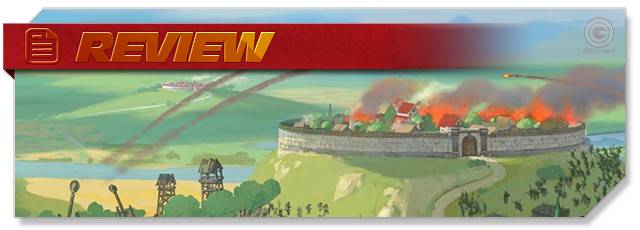
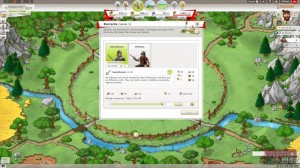
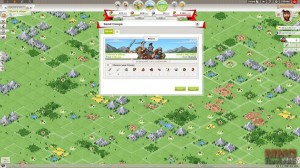
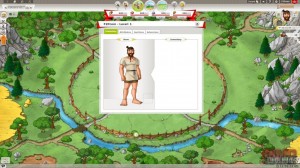
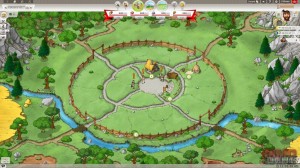
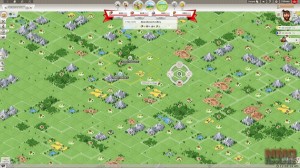
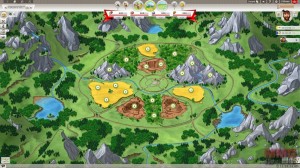
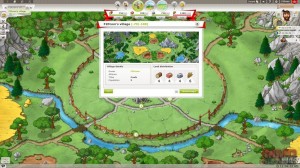
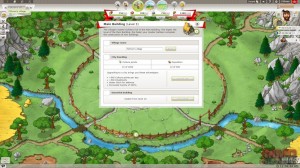


Deja tu comentario
You must be logged in to post a comment.